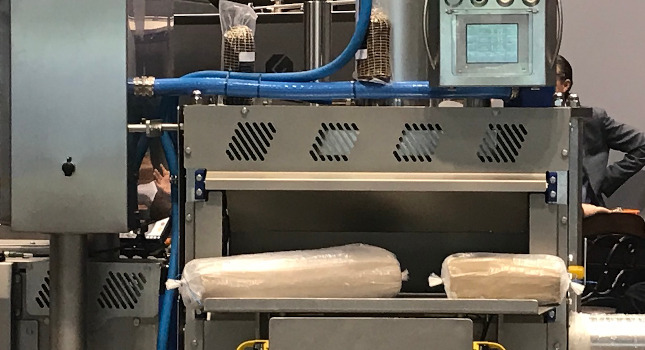Done correctly, digital transformation and process safety don’t have to be mutually exclusive and can, in fact, strengthen a manufacturing operation.

While digital transformation sounds great on paper it isn’t always straightforward in practice. When it comes to process safety – the discipline for safe operating systems and processes of hazardous substances and environments is complex.
In many industrial settings, going digital can pay huge dividends – helping to improve productivity, encourage collaboration, streamline workflows and enable better asset management thanks to faster, more accurate monitoring. Above all, it paves the way for Industrial Internet of Things (IIoT) technology, big data analytics and improved operational efficiency across entire facilities.
According to McKinsey & Company, the COVID-19 pandemic caused consumer and business digital adoption to leap forward by more than five years in a matter of weeks at the beginning of 2020.
However, many industrial and manufacturing plants were not built with digitization in mind. Many deal with hazardous substances or contain restricted zones with dangerous explosive atmospheres. As a result, these areas have long been designated “pen and paper” zones. But, as more organizations look to achieve true digital transformation, there is a need to find a way to accommodate devices in such locations without putting employees in danger.
Every explosive atmosphere is unique and must be treated accordingly. Under the ATEX classification, no two explosive atmospheres are the same. Zones containing gases/vapors are assigned a rating between 0 (an explosive mixture is continuously present or present for long periods) and 2 (an explosive mixture is not likely to occur in normal operation and if it occurs, will exist only for a short time). Similarly, zones containing combustible dust or fibers are rated between 20 and 22, based on the same criteria.
Each ATEX level has guidelines around the safety measures that electronic equipment must meet. For example, a zone 0/20 device requires more stringent safety features than those in zone 2/22. Organizations must ensure that only devices with the corresponding ATEX certification enter that zone.
Meeting the challenge
In response to growing demand, mobile device technology has evolved significantly in terms of design, manufacturing and testing in recent years. Today it is possible to choose from a range of versatile and cost-effective ATEX certified commercial off-the-shelf (COTS) solutions with inbuilt intrinsic safety technology.
Features required for ATEX zone 2/22 certification – such as temperature control, port protection, and double fault circuitry – are also much more readily available on devices from rugged manufacturers now, either as standard or as optional extras. This makes it easier to meet the standards required within budget.
Functionality has also improved significantly. In the past, many ATEX certified devices were cumbersome and outdated right out of the box. Today, the biggest trade-offs tend to be a slightly dimmer screen (due to lower energy output), lack of interchangeable battery (because the device is completely sealed), and a small weight penalty (caused by the addition of intrinsic safety features). Even devices specifically designed for more stringent ATEX zones 0/1 are now incredibly capable, offering a wealth of productivity features alongside strict safety requirements.
As the need for digital transformation continues to gather pace digital devices are finding their way into a wide array of locations where previously they were forbidden. While this represents a positive step, in terms of productivity and operational efficiency, it also introduces a level of risk that must be properly addressed in order to ensure worker safety and regulatory compliance. The growth of ATEX certified, intrinsically safe devices has taken much of the pain out of workflow and procurement processes. However, with so many options now available, it is crucial organizations take the time to research the right devices for their needs before making a purchasing decision.
This article originally appeared on Control Engineering Europe’s website. Edited by Chris Vavra, web content manager, Control Engineering, CFE Media, [email protected].



